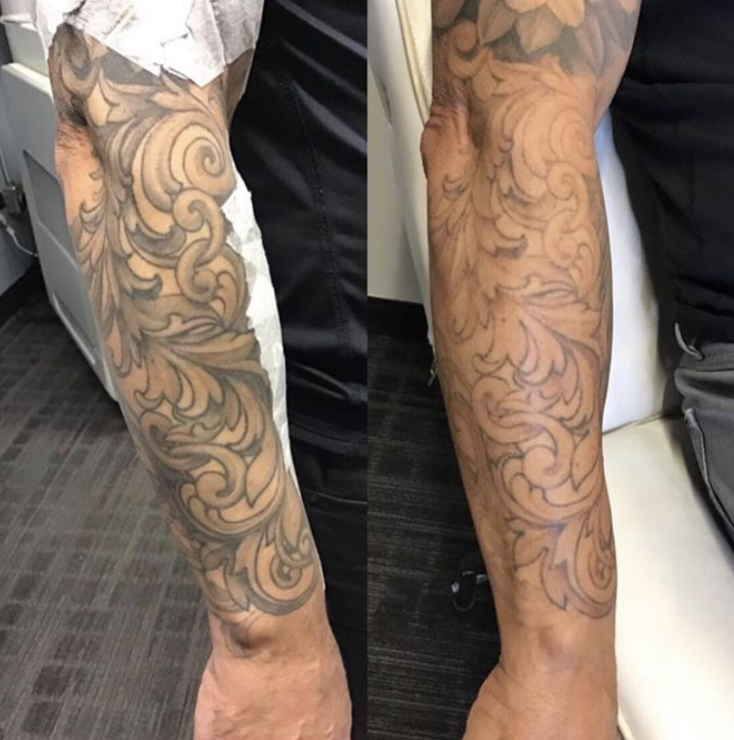5 Things You Need to Know About Laser Tattoo Removal
When we think about tattoos the word ‘permanent’ and ‘lifelong’ follow suit. With today’s laser technology, we no longer have to worry about those poor life decisions we’ve made in the past. We consulted with Vanish Clinic’s Founder and lead laser technician, Nicola, about the PicoWay laser and how it works. Whether you’re looking to remove a tattoo completely or lighten up an existing piece for a cover-up, here are 5 things you need to know about laser tattoo removal.
8 weeks after third session
How It Works
The laser is 20% of the process while the body does 80% of the work! The PicoWay laser emits light energy into the targeted tattoo that then shatters the ink into tiny dust sized pieces. They’re then taken away by the lymphatic system and removed through body waste. It’s extremely important that you follow your aftercare to see the best results. It’s everything we should be doing for a healthy lifestyle. Staying hydrated, eating healthy, exercising and staying out of the sun. If your lymphatic system is slow and sluggish you will see slow results.
Realistic Expectations
Tattoo removal takes time. There are many contributing factors as to why it’s a lengthy process.
Age and saturation: Older tattoos clear faster as the body has already broken down the pigment. Tattoos that are heavily saturated and deep take longer to clear than those that are more superficial.
Location of the tattoo: Those closest to the heart remove quicker as there is more circulation.
Scarring: If you were scarred during your initial tattoo or had a tattoo on top of a scar it makes it more difficult to remove. This is because the scar can encapsulate the ink.
Skin type: The PicoWay is FDA approved for all skin types. However, those clients that are a skin type 5 or 6 according to the Fitzpatrick scale will require additional sessions with less aggression. This is to ensure they don’t experience hypo-pigmentation, which is the lightening of the skin.
Colour: Black ink clears the fastest. Colours, especially greens and blue take longer to clear. Yellow is tricky as there isn’t much pigment and the laser might not be able to find it.
Tattoos can appear more vibrant after treatment
This is due to breaking up of the ink into dust size particles, which covers a bigger surface area, and can appear like a touch-up. This can happen for the first one or two treatments. Don’t worry, the body is still clearing the ink away!
example of frosting
4. What is frosting?
Frosting is the clinical end point. The laser hits the carbon in the ink and reacts with the moisture in the skin and produces carbon dioxide. It’s seen as a white residue on the skin, directly after the treatment. It can last up to 20 minutes before the tattoo returns to normal.
5. Healing Time
Healing takes up to 6-8 weeks to fully heal. This is to ensure that the skin has completely healed and that the body has had enough time to flush out the ink particles. If you are fading your tattoo for new ink you need to wait 6-8 weeks until you can start.


